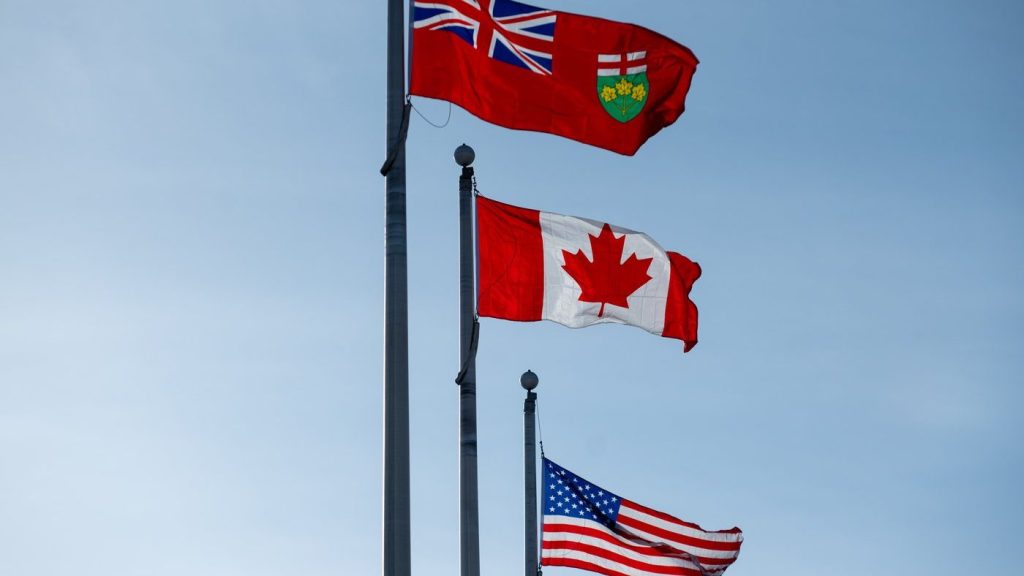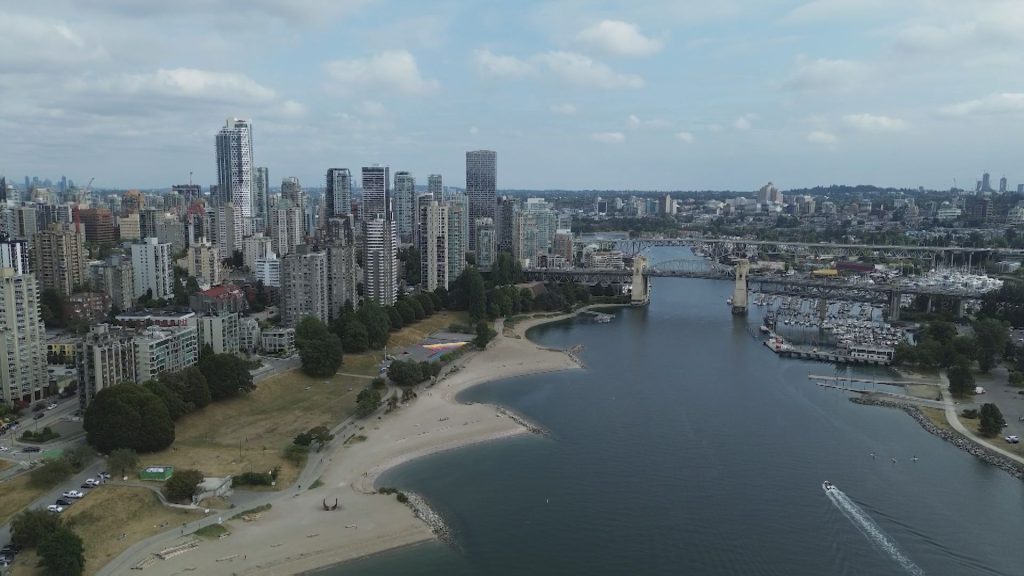Wildfire danger will remain ‘high to extreme’ through fall in parts of B.C.: officials

Posted September 13, 2023 1:13 pm.
Last Updated September 13, 2023 7:52 pm.
Fire danger will remain “high to extreme” in many parts of the province through the fall as dry conditions persist, the BC Wildfire Service says.
“There are still hundreds of wildfires burning throughout B.C., and it continues to be a challenging season in the north,” Emergency Preparedness Minister Bowinn Ma said Wednesday.
“Above-seasonal temperatures affected much of the province and the northern areas have the potential for strong gusty wind conditions this week.”
The Prince George fire centre is particularly vulnerable, Ma says.
Neal McLoughlin with the Provincial Wildfire Coordination Centre in Kelowna says for Prince George, fire danger is expect to remain beyond the fall.
“Some of them may even burn through the winter and pop back up next spring,” McLoughlin said.
“It’s just incredibly dry up north and very difficult to bring all fires and all parts of fires under control without the help of rain and and changes in the weather.”
The BC Wildfire Service explains there is no indication that there will be enough rain to alleviate drought conditions in the short-term, and although fewer lighting-caused fires are expected, human activity can easily ignite dry and cured vegetation.
Ongoing drier-than-normal conditions are also forecast across the southern parts of the province.
Related links:
-
Crews fighting Kelowna-area wildfire see ‘cautious’ reprieve overnight: officials
-
VanJam Fire Zone to see increased fire activity over next two days: BCWS
In August, weather conditions contributed to fire starts across the province.
In particular, a dry, cold front Aug. 17 and 18 resulted in strong winds, leading to “extreme fire behaviour,” particularly with the McDougall Creek Wildfire, McLoughlin said. He says August set many records.
“We’re seeing it throughout most of the province. Temperatures were one to three degrees above normal for that month and similarly … we’re seeing that precipitation was below normal in some places in the north, as much as 75 per cent below what we would typically see for the month of August, and so these conditions that we’ve been seeing all fire season long have persisted through August,” he said.
Minister of Forests Bruce Ralston says there are currently 393 active wildfires burning across the province, with 12 wildfires of note.
“The last time we did this it was over 400, so it’s trending in the right direction, but comparing those numbers to one year ago today, there’s a dramatic difference. At this time last year, there were only 188 active wildfires and five wildfires of note,” he said.
Dave Campbell, head of the River Forecast Centre, highlighted some of the methods of forecasting that are used to assess post-wildfire hazards, such as landslides.
“We’ll look at watersheds to see where we have burns and fires from this year to help us understand where some of those increased risks may be,” Campbell said. “As we go into the fall, we start to transition very much into that storm-monitoring phase of of work, so we’re looking at as rain systems come through, really highlighting those in terms of our forecasts and understand where the kind of near term risks may be.”
Connie Chapman, director of the provincial government’s Water Management Branch, says because reservoirs are at lower operating levels than would be optimum for this time of year, they need to plan in order to be able to deal with those conditions long term.
Not all reservoirs are created equal, however, as some operate on multi-year cycles, she says.
“Smaller reservoirs would have a turnover rate within a year or so, whereas larger reservoirs can take a couple of years to turn over and also have that that buffering support just due to size and demand,” Chapman said.
Ralston points out that people across British Columbia have pulled together to support one another.
“Firefighters, emergency personnel, and first responders continue to show up day after day to support and defend our communities,” he said. “We continue to have strong resources in place with almost 600 out of province personnel from across Canada, as well as Mexico, South Africa, and Australia. Earlier this week, they were also joined by additional resources you arrived from the United States and Ontario. We are incredibly grateful for this continued support and for the ongoing dedication of all those involved.”








